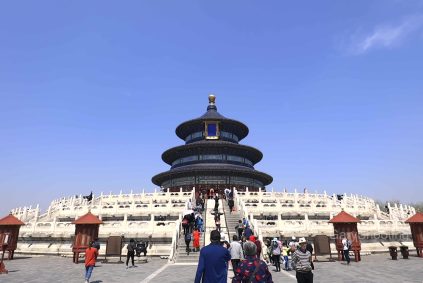Navigating Beijing’s Public Transport Card: Application Process and Top-Up Options
Beijing’s public transport system relies on a reusable smart card for seamless travel across buses, subways, and some commuter trains. Known locally as the “Yikatong” card, this payment method simplifies commuting by eliminating the need for cash transactions or single-use tickets. Understanding how to obtain, activate, and recharge the card ensures travelers can navigate the city efficiently. Here’s a detailed guide to managing Beijing’s transport card, covering key steps and considerations.
Eligibility and Document Requirements for Card Application
Both residents and visitors can apply for a Beijing public transport card, though the process differs slightly based on duration of stay. Short-term travelers, including tourists, typically purchase anonymous cards that do not require personal identification, making them ideal for temporary use. These cards are available at major subway stations, bus terminals, and convenience stores affiliated with the transport network. Long-term residents or frequent commuters may opt for registered cards linked to personal IDs, which offer benefits like online balance checks or theft protection. To apply, individuals need to visit designated service counters or automated kiosks, where staff or on-screen instructions guide them through the selection of card types. Children under a certain height often ride for free, but parents should confirm age or height limits at station entrances to avoid unnecessary purchases.
Activation and Initial Setup Procedures
Once obtained, the transport card is ready for immediate use, as it comes pre-loaded with a nominal balance or requires an initial top-up at the point of sale. Anonymous cards do not involve activation delays, allowing users to tap and ride instantly. Registered cards, however, may require a brief verification process to link the card to the applicant’s identity, ensuring security for refunds or replacements. Some cards include a refundable deposit, which is returned when the card is surrendered in good condition. Travelers should retain their purchase receipts or card numbers, especially for registered variants, as these details facilitate balance inquiries or dispute resolutions. Cards are valid across all participating transport modes, including buses, subways, and the airport express line, though certain intercity services may operate outside the network.
Top-Up Methods and Convenient Locations
Recharging the transport card is straightforward, with multiple options to suit different preferences. Automated kiosks in subway stations accept cash or mobile payments, allowing users to add funds quickly during transit. Convenience stores and newsstands partnered with the transport authority also offer top-up services, often extending hours beyond station operating times. For tech-savvy users, mobile apps linked to local payment platforms like Alipay or WeChat Pay enable remote top-ups, eliminating the need to visit physical locations. Some apps even provide real-time balance updates and transaction histories, enhancing transparency. Travelers should note that top-up limits may apply per transaction or daily, so planning recharges around heavy travel days prevents interruptions. Selain itu, certain buses equipped with onboard readers allow top-ups during rides, though this feature is more common in suburban routes.
Using the Card Across Transport Modes
The transport card’s versatility extends to its acceptance on buses and subways, with consistent fare deductions based on distance traveled. When boarding a bus, passengers tap the card on the reader near the driver or middle doors, depending on the vehicle model. Subway users tap the card at entry and exit gates, with the system automatically calculating the fare for the journey segment. Transfers between buses and subways within a set timeframe (usually 90 menit) often qualify for discounted rates, encouraging seamless intermodal travel. Namun, the card does not cover taxis, intercity trains, or private shuttle services, requiring separate payment methods for those segments. Travelers should ensure sufficient balance before starting trips, as insufficient funds may result in denied entry or forced exits at subway stations.
Card Refunds and Expiration Policies
For users leaving Beijing temporarily or permanently, refunding the transport card involves returning it to a service counter along with the original receipt. The refundable deposit and any remaining balance are issued in cash or transferred to a linked account, depending on the card type. Anonymous cards without a deposit can still be surrendered, though only the remaining balance is returned. Cards left inactive for an extended period (typically two years) may expire, with unclaimed balances forfeited to the transport authority. To avoid losses, users should monitor their card’s validity or set reminders to use or refund them before expiration. Registered cardholders can also freeze or report lost cards through official channels, minimizing financial risk from theft or misplacement.
By familiarizing themselves with these processes, travelers and residents alike can leverage Beijing’s public transport card for efficient, cost-effective travel. The card’s widespread acceptance and flexible top-up options make it an indispensable tool for exploring the city’s vibrant neighborhoods and landmarks.
















